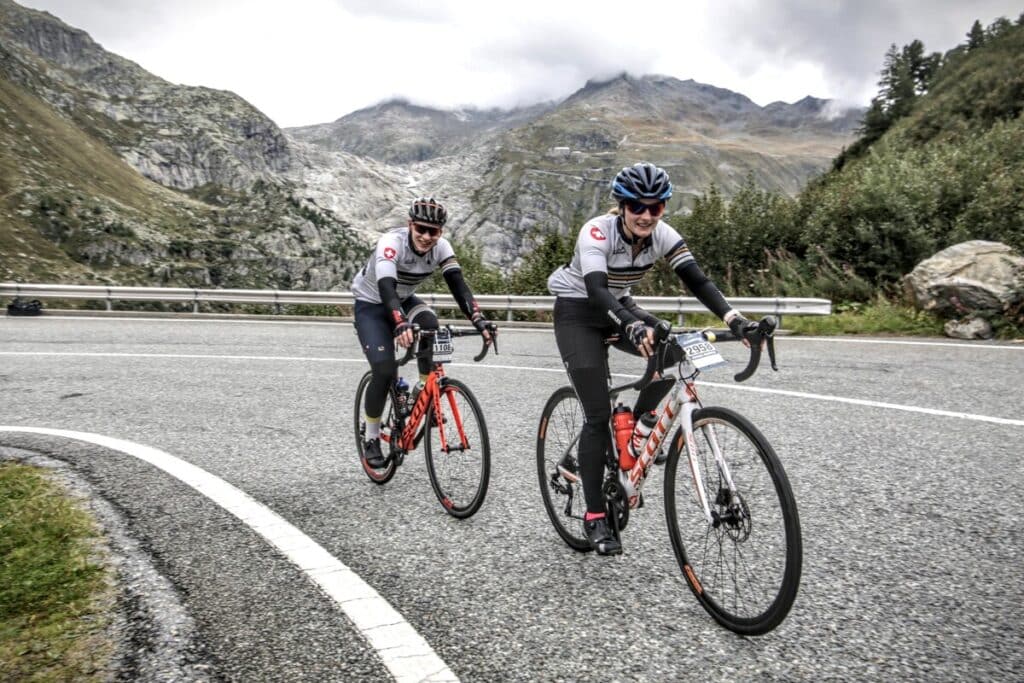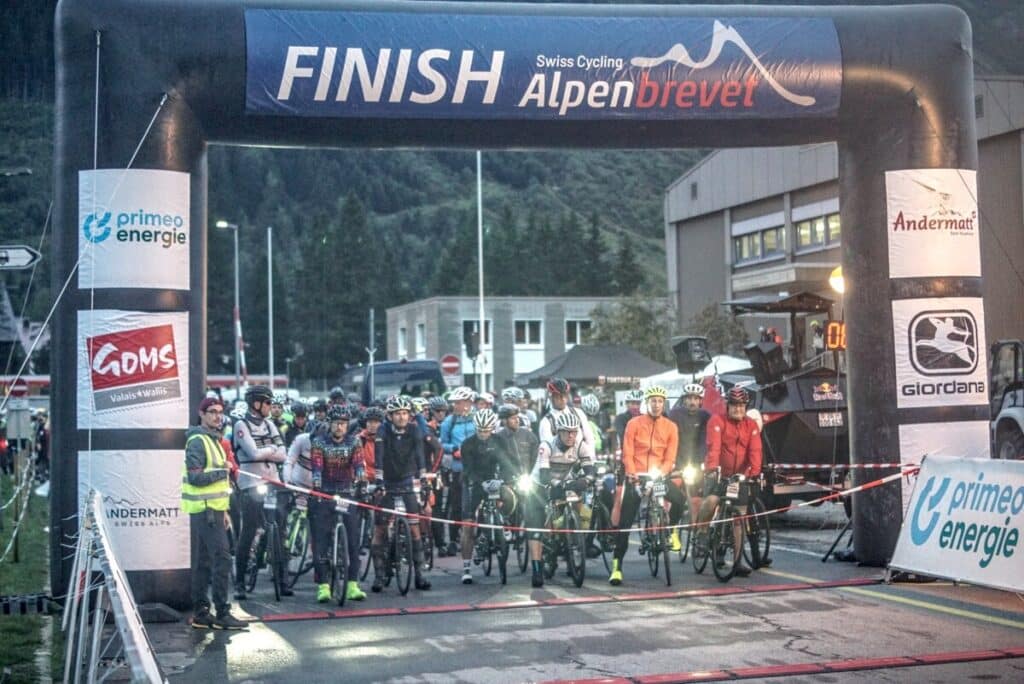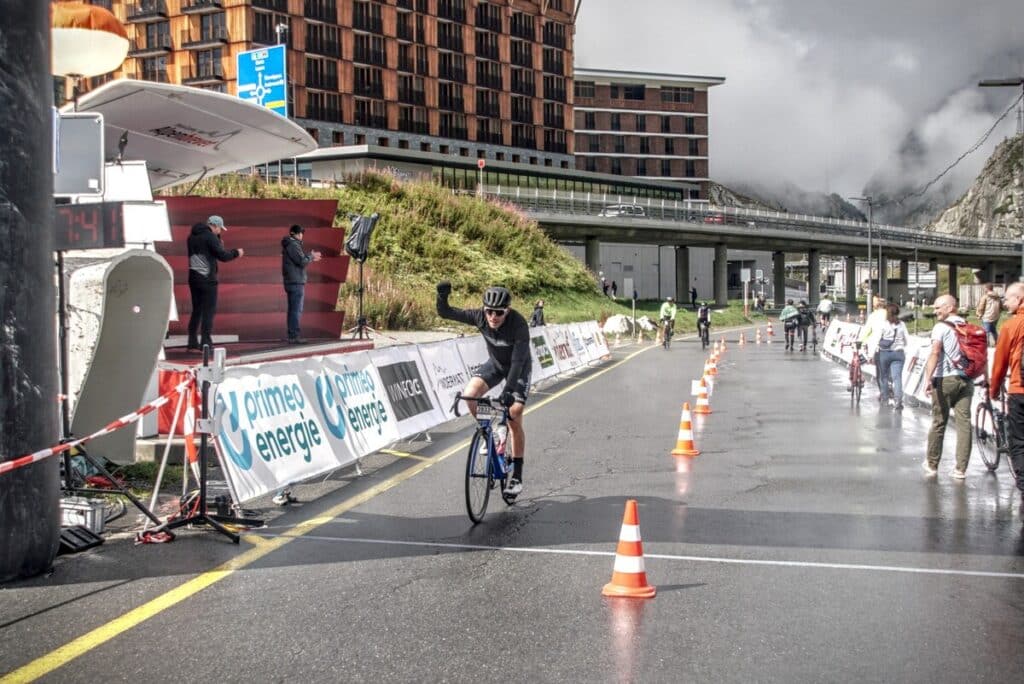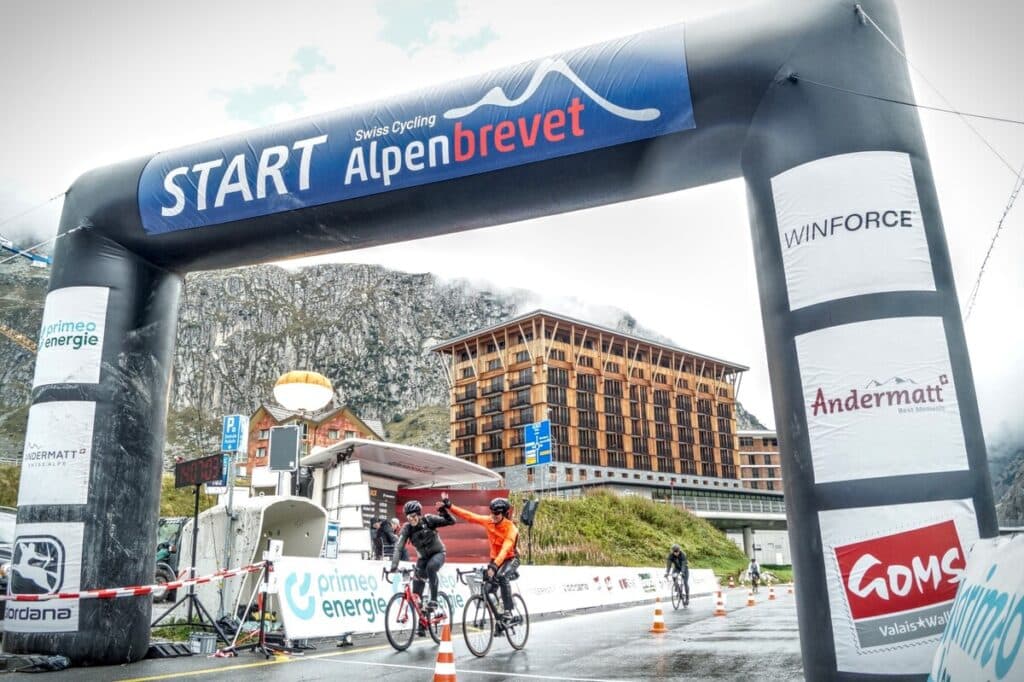The Swiss Cycling Alpenbrevet will once again demand a lot of energy from the participants. David Loosli, former pro cyclist and current sport director of the Tour de Suisse, knows from experience just what pedal power it takes.
Energy and cycling are inextricably linked. In order for cyclists to find the right energy level for a challenge like the Alpenbrevet, good preparation is key. It’s the only way to achieve top performance on competition days. But how can this be measured and compared? The essential power value in cycling is the wattage. “It’s a bit like the horsepower of a car,” says David Loosli. While a hobby cyclist with average fitness can produce 3 to 4 watts per kilogram of body weight per hour, professionals can produce 5 to 6 watts per Kilogram.
Top cyclists usually keep their performance data under wraps. But just like cars, which go faster than others thanks to more horsepower, the formula can also be applied to cycling: those who put more power on the pedal reach their destination faster. At least in theory. In practice, of course, other factors such as tactics, cycling skills and luck on the day also play an important role.
The exact measurement of the weight-related wattage is carried out by sensors in the pedals over a specific duration. For example, if a 75-kilogram cyclist produces a power output of 300 watts over 60 minutes, his specific value over this period is 300/75 = 4 watts/kilogram. A top cyclist weighing 72 kilograms with a power value of 6 watts/kilogram, in turn, pushes himself towards the finish with a power of 400 watts. This power would be enough to light 40 LED lamps (10 W each) or to operate two simple electric mixers (200 W each). The wattage is especially interesting for mountain rides like the Alpenbrevet. Top riders like two-time Tour de France winner Jonas Vingegaard achieve average values of over 6 watts/kilogram on such rides. For women, the peak value is somewhat lower at just over 5 watts/kilogram.
Of course in order to be able to perform at all energy supply is also crucial. “On the road, the pros are constantly eating,” explains David Loosli. No wonder as the body needs around 8,000 to 10,000 calories during a big race. For hobby cyclists this may be somewhat less. Nutrition is therefore crucial for success in the Alpenbrevet.
When it comes to the Alpenbrevet wattage figures are secondary to the shared experience with fellow cyclists. Primeo Energie wishes all participants the best of luck and enjoyment.







